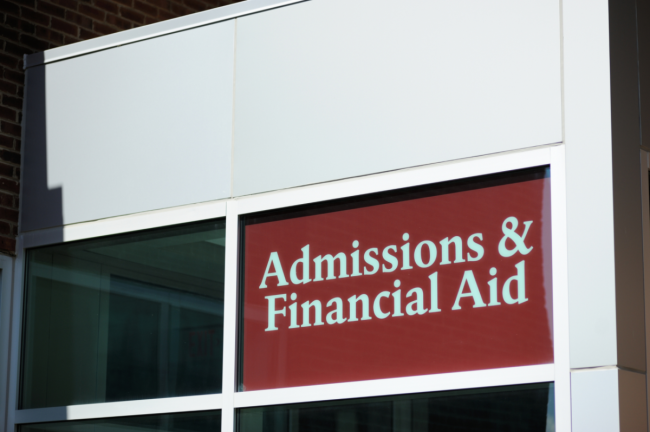You have /5 articles left.
Sign up for a free account or log in.

iStock.com/sshepard
In a COVID-19 world, the push to improve diversity in graduate education is paramount -- it cannot be forgotten in an effort to make up for any potential declines in applicants. Instead, a holistic admissions process is more important than ever to ensure that programs are enrolling a diverse class of graduate students in an equitable manner. But what does this look like when traditional recruitment activities are paused?
In this unique time, graduate education is facing financial uncertainties for both public and private universities, a global health pandemic altering the way we conduct our daily lives, online and hybrid learning modules disrupting traditional classroom instruction, racial tensions in our communities and campuses, and uncertainty in our international and domestic student enrollments. One of these alone would be contentious, but the mix of all these together makes graduate faculty understandably nervous heading into the upcoming academic year. We must do things differently, and nowhere is this more pressing than the next graduate admissions cycle.
Graduate programs are already seeing steep declines in international student enrollment for fall 2020, while domestic student enrollment is unpredictable as students are still learning what their programs will look like. Some applicants have expressed uncertainty about even pursuing their graduate degree anymore. Some graduate programs are writing off their new enrollments for fall 2020, and most programs cannot afford to have two years of poor yield of new students.
Several graduate programs regularly host summer research projects to help them identify talented undergraduates, and in many cases, this opens up a pipeline to applicants from traditionally underrepresented populations. These projects have largely been shelved for summer 2020 as campuses closed, shutting off this vital access to potential graduate students. Without these opportunities in the 2021 admissions cycle, graduate programs must find other tangible ways of evaluating applicants, otherwise there will be inequities in access to opportunities. Admissions decision makers must take changes such as this into consideration when evaluating prospective students.
Students across the country, and the world, will have different access to opportunities beginning with where they live and how the pandemic has been handled there. So how do we ensure equity in admissions with some applicants having limited activity and others still having a normal campus experience?
Considering the pandemic and attention to enrollment numbers, we must refocus our efforts in holistic graduate admissions. Given this importance, the GRE Program has created a one-stop service site to assist graduate faculty involved with graduate admissions. The site provides tactics and strategies to ensure your program’s graduate admission practices are aligned to meet your enrollment goals for diversity, equity and inclusion. They include strategies like using GRE scores as a positive indicator, using an interview to include rather than exclude applicants and agreeing on the weight and importance of each piece of the graduate application packet.
Just as we are blending our learning in the classroom, graduate programs need to ensure that their graduate admissions process has a blended approach. For example, while we cannot replace hands-on summer research programs, having potential applicants upload a 10-minute research presentation to a graduate program-controlled website might give your program a chance to identify potential applicants early. In addition, consider hosting graduate program webinars early in the admissions cycle, and invite potential applicants to listen to a research talk by a current graduate student or assistant professor. The GRE Search Service is one way to identify potential applicants for these webinars. Also, host small online video interviews as part of the admission process whereby faculty can gain insights into the applicants that can’t be shown on the graduate application.
Finally, consider conducting team-building exercises that require applicants to work together and show their own personalities outside of one-to-one video interviews. Even virtually, face-to-face interactions are vital for both prospective students and admissions professionals.
Graduate education in the United States survived the Great Depression, two world wars and times of civil and economic unrest. Now, more than ever, we must navigate multiple crises while utilizing all the tools we have to create a more just and equitable graduate admissions process. In a COVID-19 world, holistic admissions are more important than ever for ensuring an equitable process and a truly diverse student population. If you have not implemented holistic file review yet, now is the time.








